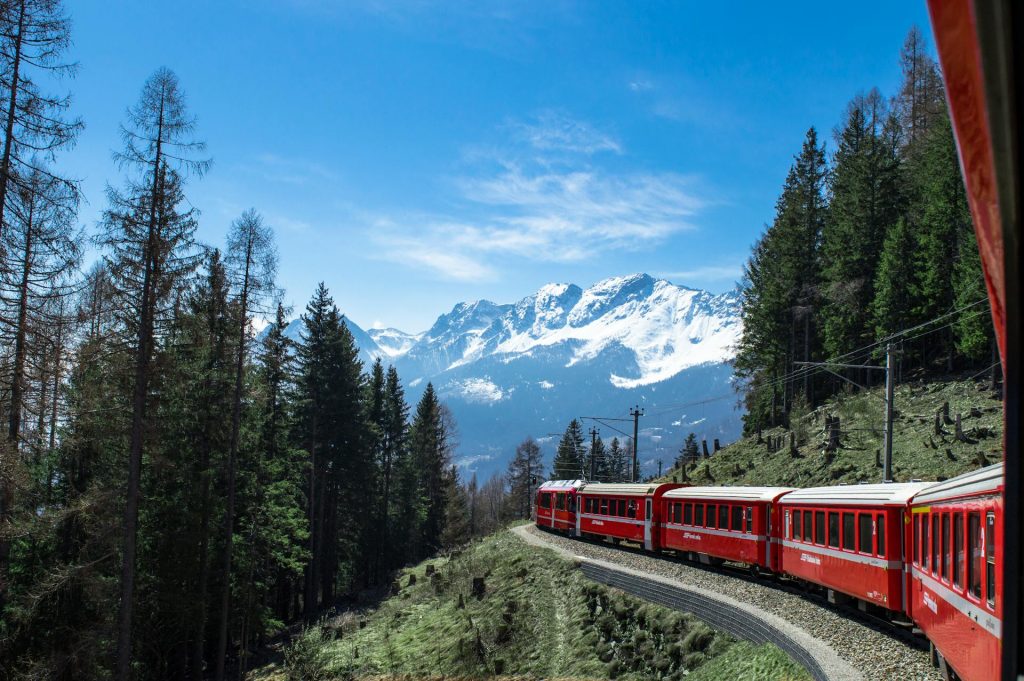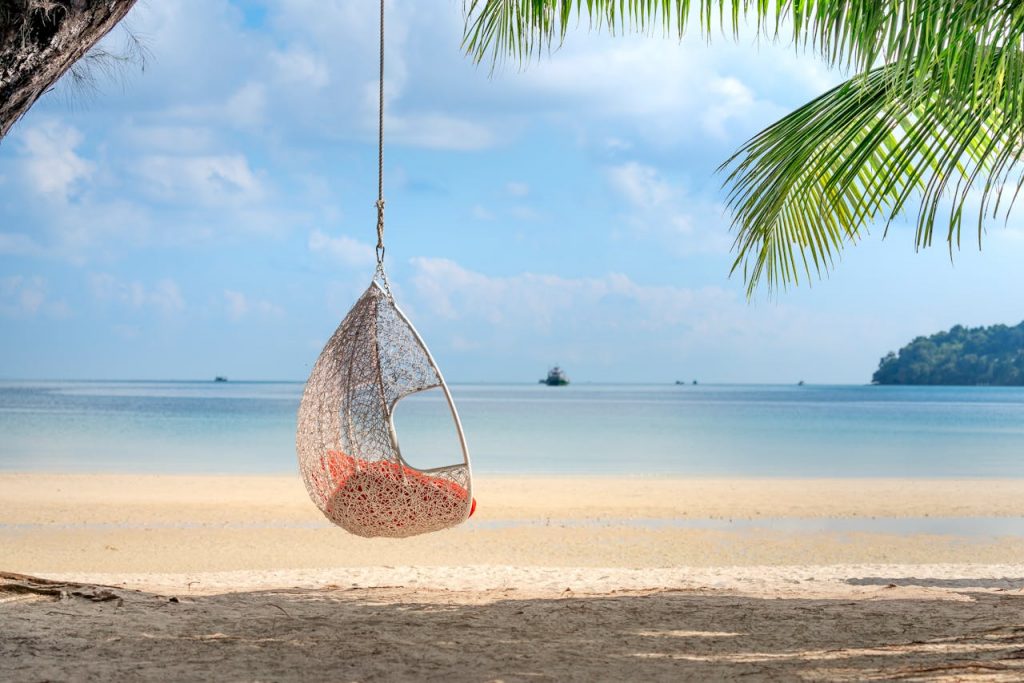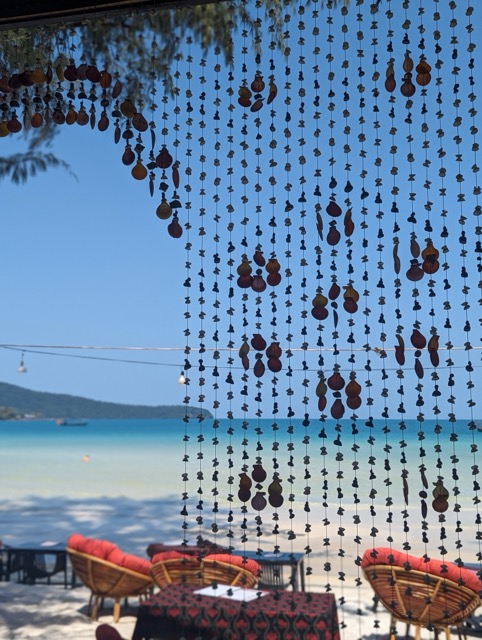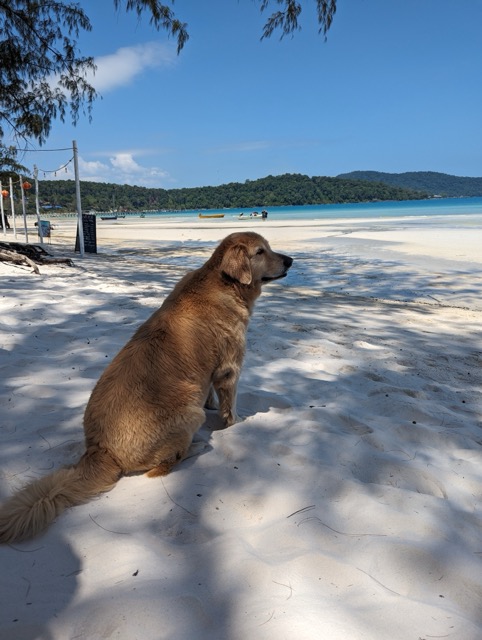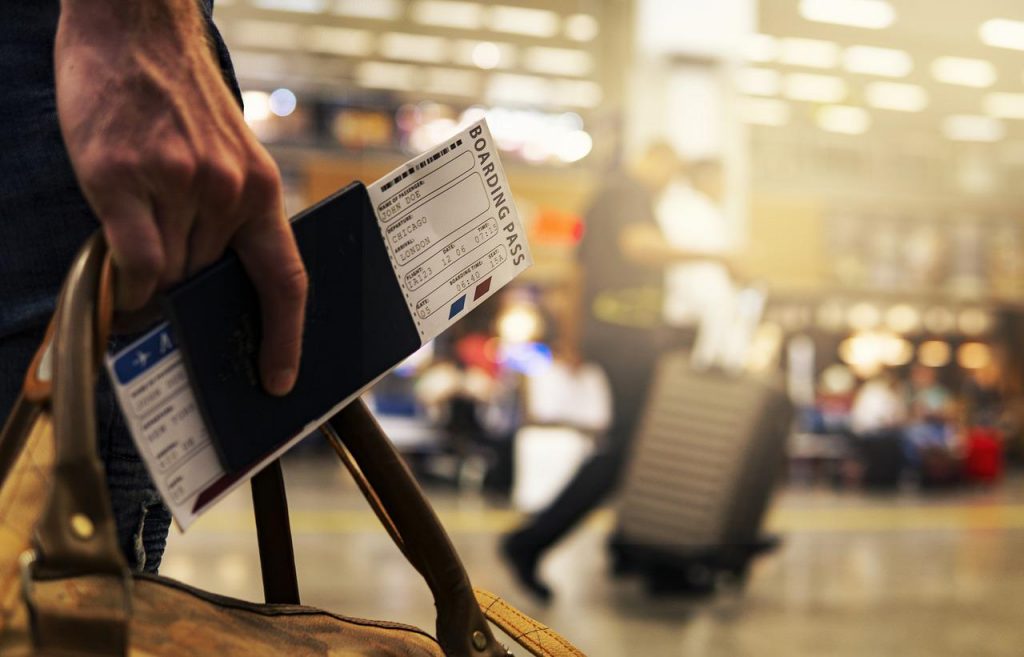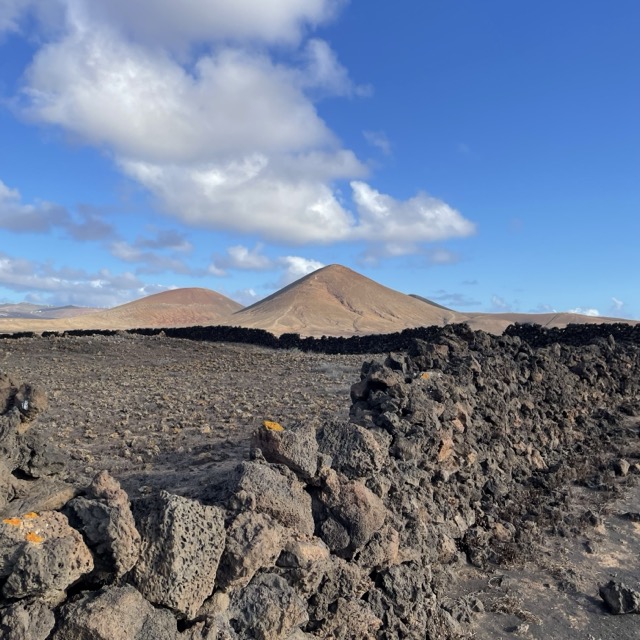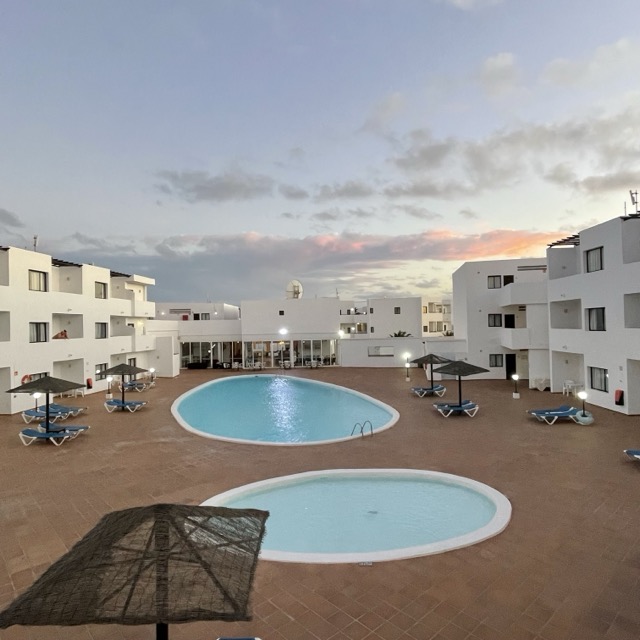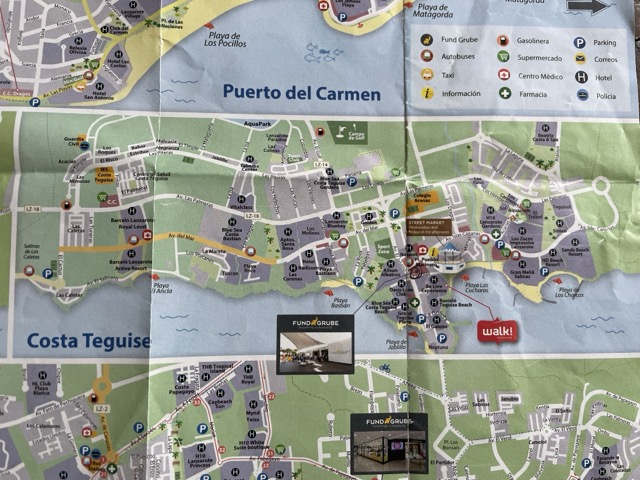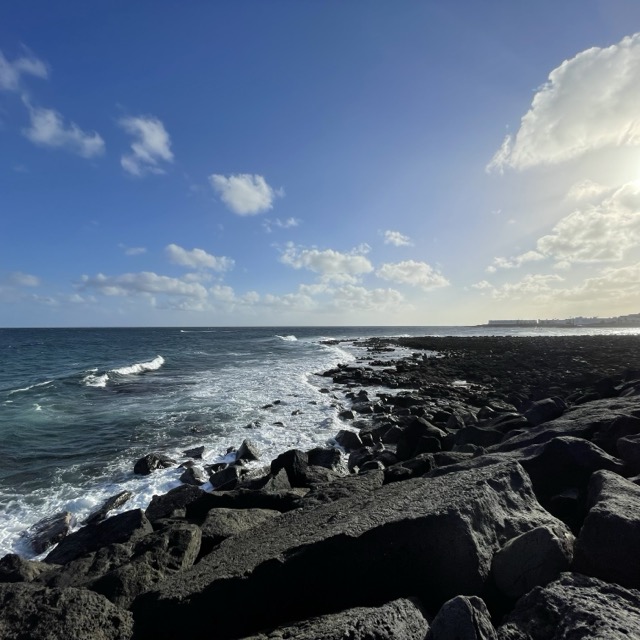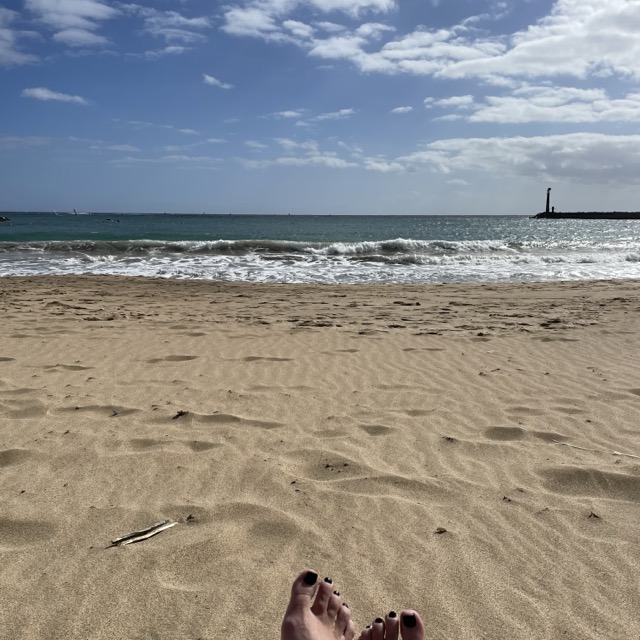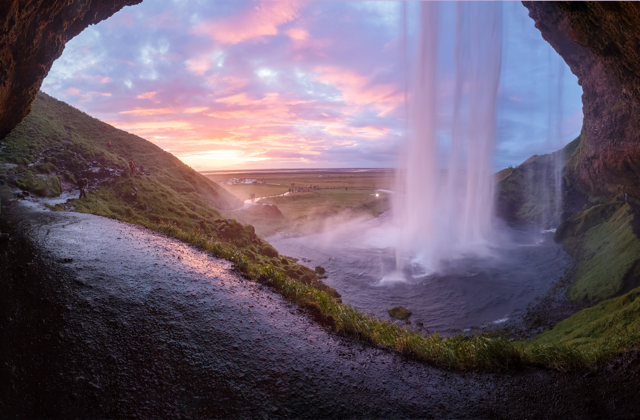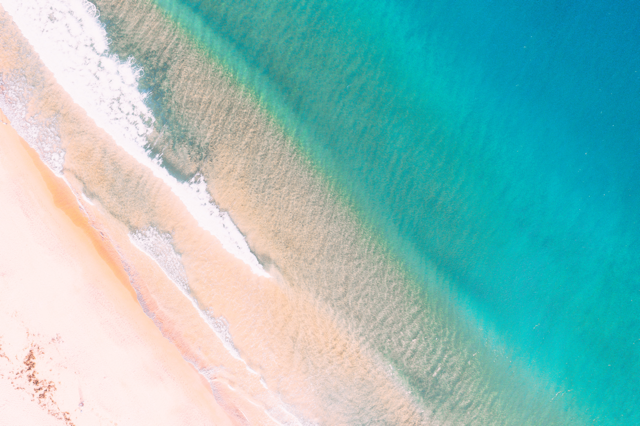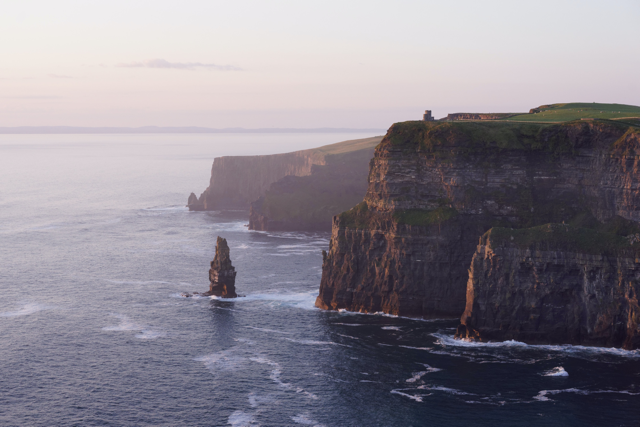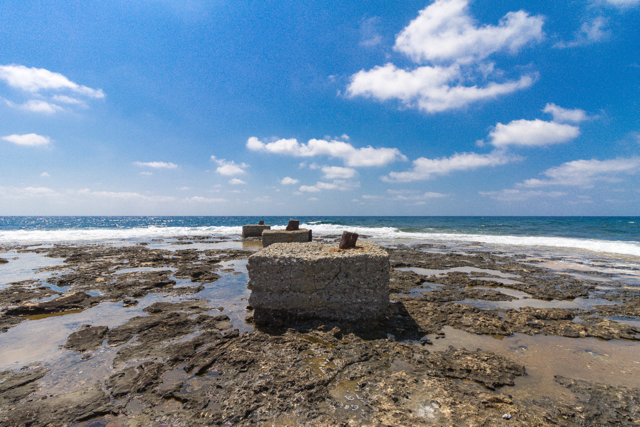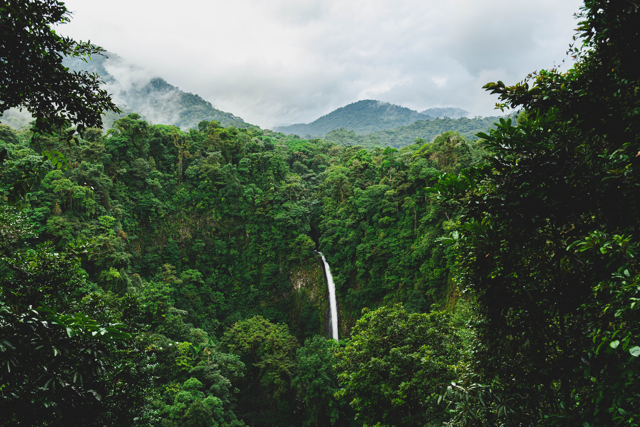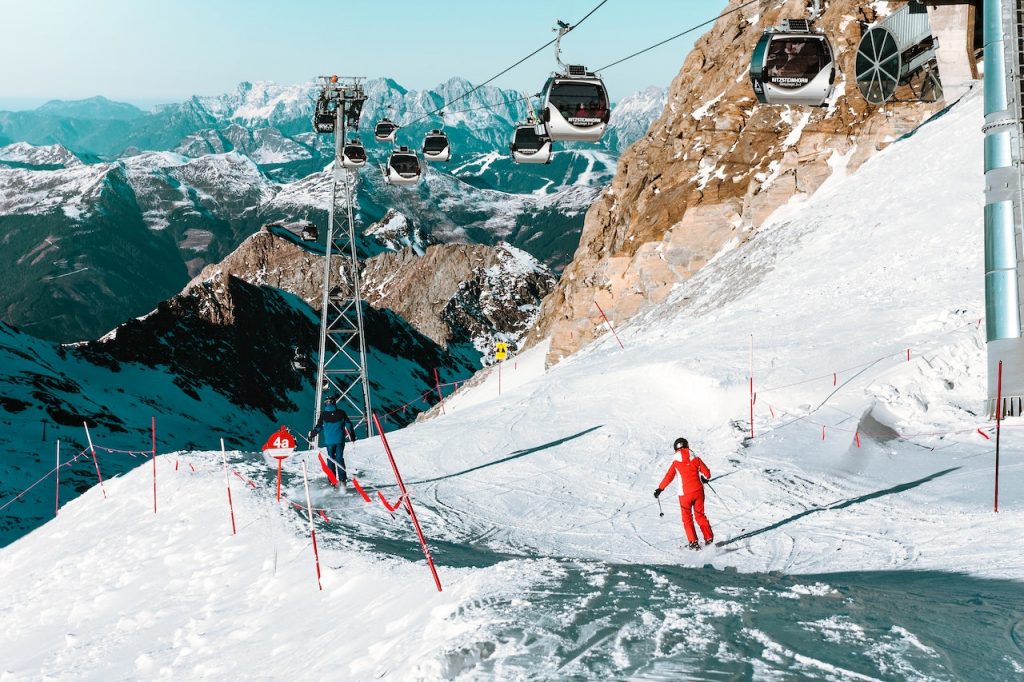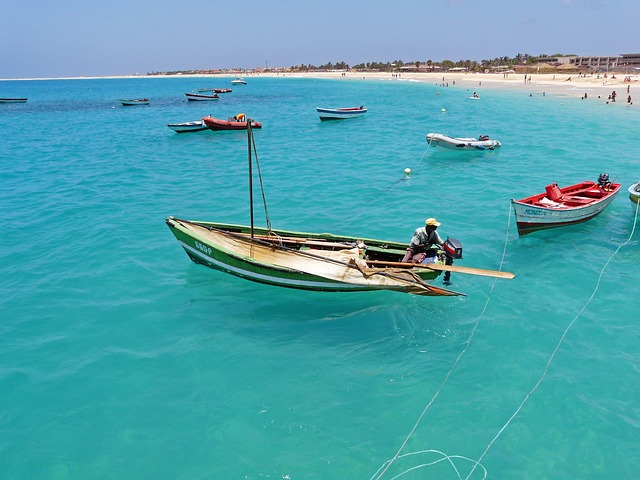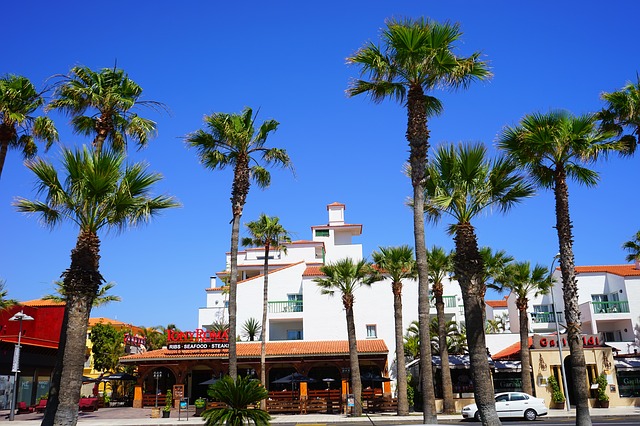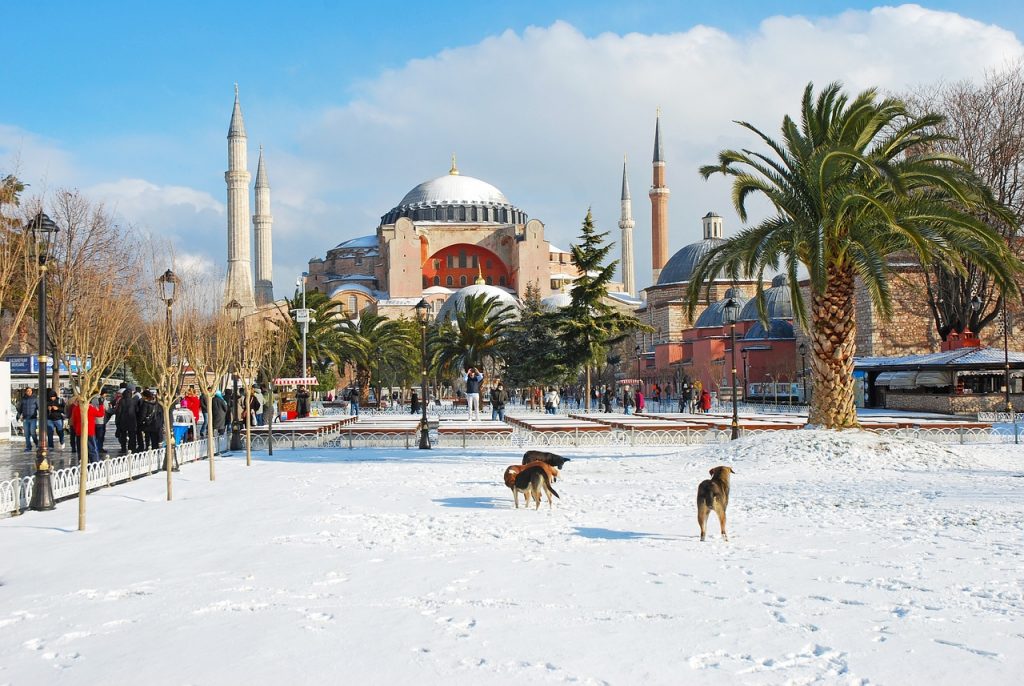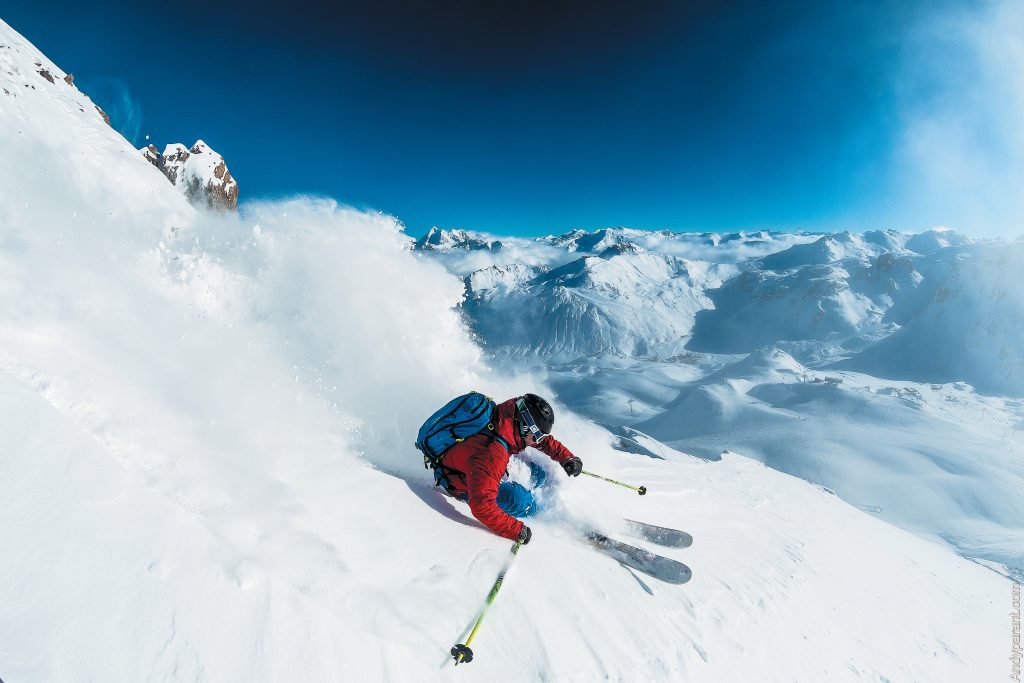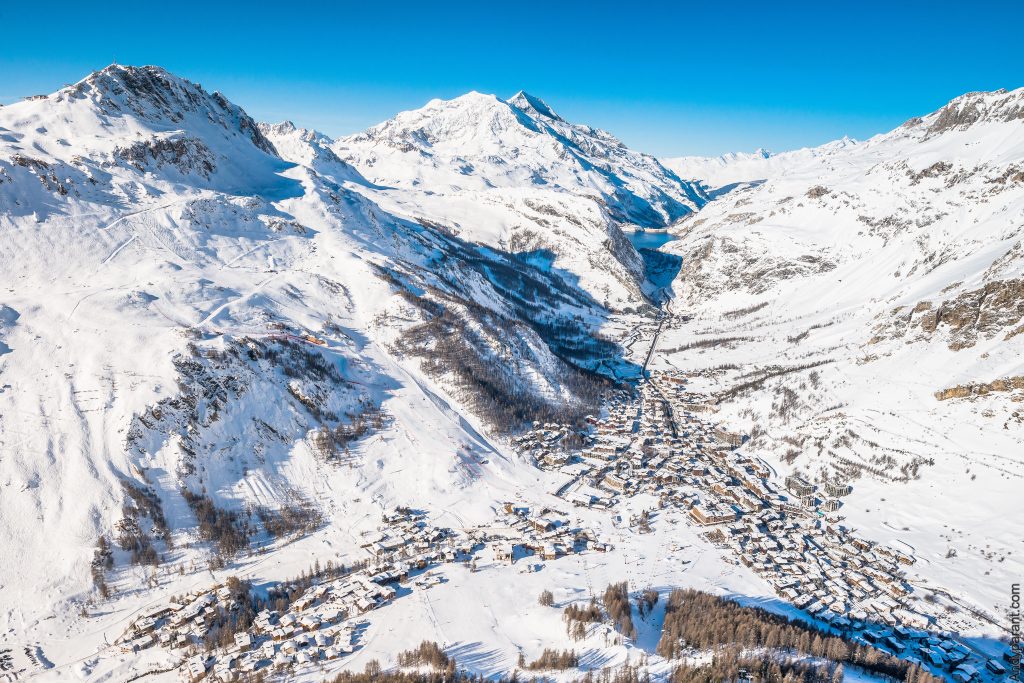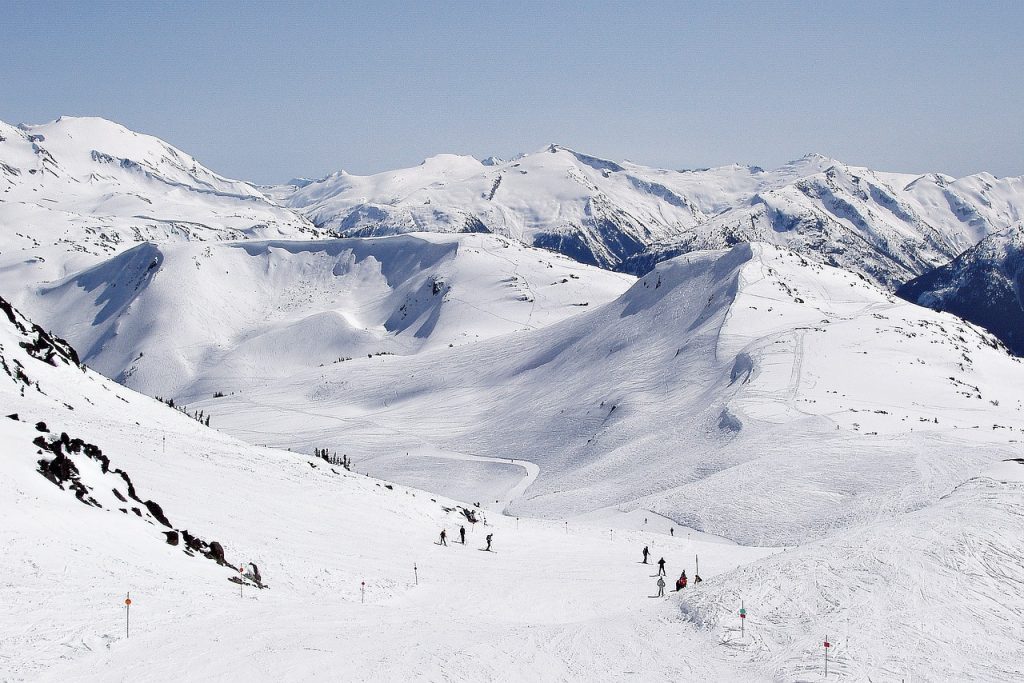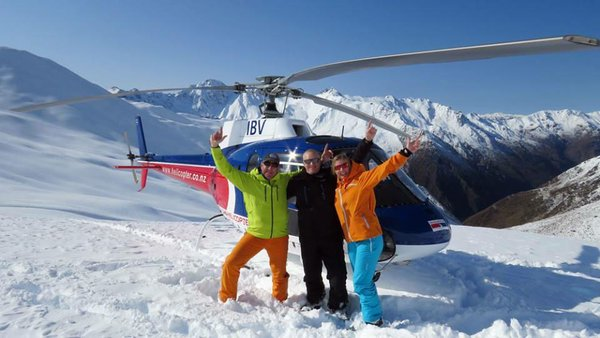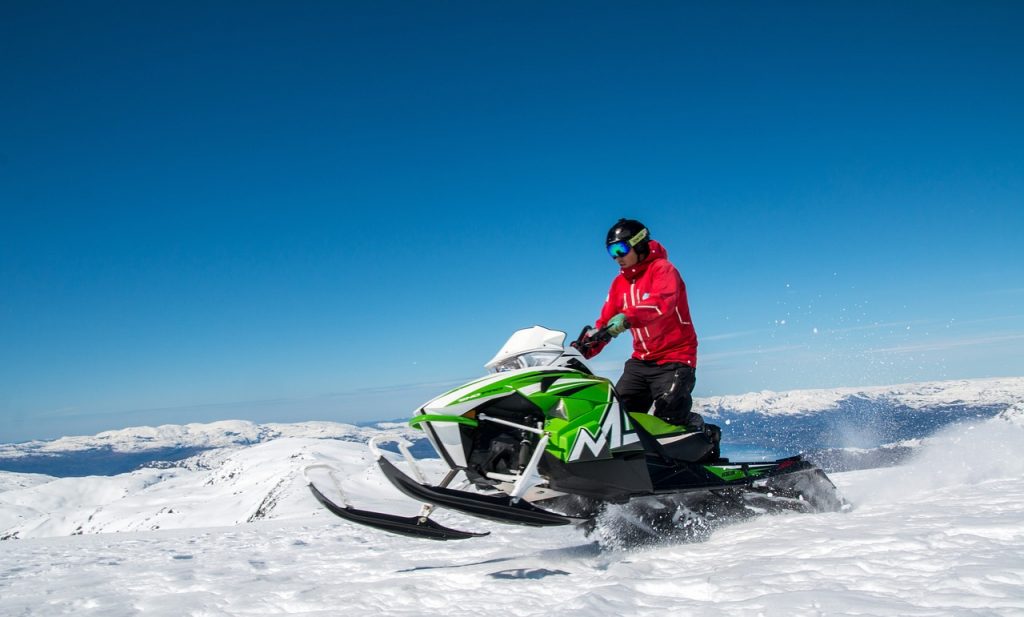Hit the slopes with confidence this season! In this jam-packed article we share insider info from ski and fitness experts about how to get fit ahead of your ski holiday, what to do to avoid injury on the slopes – and what to do if you do get injured on holiday – plus what to pack, where to go, and as bit about après scene etiquette!
Ten Things You Need To Know Before Learning to Ski
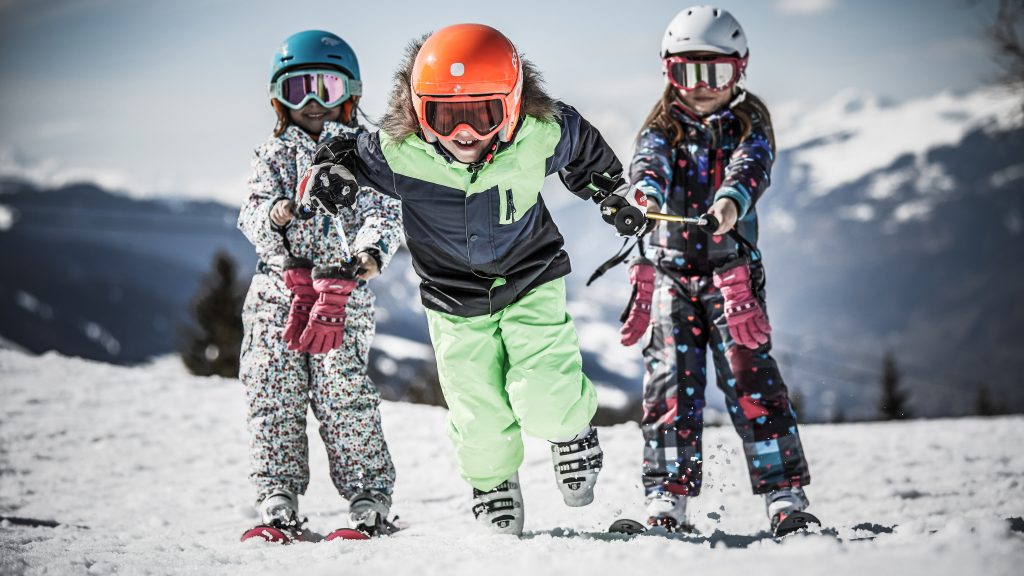
© Merci L’Agence / OT Les Arcs
Paul Deadman, ski expert at Neilson Holidays, shares ten things you need to know before skiing abroad for the first time.
- The fitter you are the more fun you’ll have. There’s no need to go into any extreme fitness training before a ski holiday, but doing a small amount of exercise in preparation will make a big difference to your fun factor.
- You need the right shoes. As well as packing ski boots you’ll need shoes for off the slopes too. Resorts are still snowy and can be icy, so take practical shoes – a sturdy pair of trainers or walking boots work well. Bars and restaurants won’t turn you away if you’re not in fancy heels or polished brogues – slope style is much more relaxed, think more along the lines of ‘practi-cool’.
- You still need sunscreen. Even if you don’t think it’s sunny, the sun reflects off the bright white snow and increases the chances of sun damage to your skin. Take lip balm with UVA and UVB protection as well as sun cream for your face and apply regularly over the course of the day.
- Helmets are a must. Hire or buy your own, but either way don’t hit the slopes without one.
- Accept that you will fall over. A lot. The people who get to grips with skiing the fastest are those who aren’t afraid of falling over. Don’t be discouraged by falling down, it would be really weird if you learnt to ski without falling over at least eight times a day!
- Après ski is the post-ski social scene. The ski lifts usually close between 4 and 5pm. This is when everyone comes off the mountain, back to the town and enjoys some après ski. Bars and restaurants will have live bands or DJs, some more lively than others, and you’ll find somewhere to relax to suit you whether you want a chocolat chaud, a vin rouge or a round of Chartreuse.
- Ski boots feel a bit odd at first. In my experience, at best ski boots are mildly uncomfortable and at worst can prevent you from enjoying skiing completely. Putting ski boots on will feel strange the first time, and for your first trip it’s worth getting someone with experience to help you with your boot clips to make sure they’re tight enough each morning. The correct boot should feel tight, but not unbearable, you should be able to wiggle your toes…just. Tip: make sure you wear thick socks when you pick them up – you don’t want to get a pair fitted in thin socks to realise that they’re too tight when you put on your ski socks.
- Pistes are colour coded. For most European resorts the ski runs (pistes) are marked to show what ability they’re suitable for. Nursery or green slopes will be where you’ll start your ski education, and you could progress to slightly steeper blue runs by the end of the week. Red slopes suit intermediate skiers and black runs are for advanced skiers. ‘Off piste’ refers to any territory that isn’t on marked out ski runs and isn’t something you’d need to worry about as a beginner. North America and Canada mark their pistes slightly differently so make sure you know what the colours are for the resort you’re travelling to.
- Lessons start early! Lessons typically start first thing in the mornings (approx. 9.30am) each day and finish at lunch.
- You might get hooked. Skiing is one of the best feelings in the world! It might feel like hard work, but the mountain views, endorphins, delicious food and après ski will make you want to return year after year. It’s that feeling you get when you nail that tricky run you’ve been struggling with all week that really gets you hooked though!
How To Get Fit For The Ski Season
Luke Thornton, Fitness Advisor takes us through the best moves to boost physical fitness for maximum on-piste performance.
Balance is one of the most important aspects of fitness for snow sports. Twists, turns and high speeds mean you need to have a strong core and an incredible sense of balance. These exercises focus on full body movements and stabilising exercises to really tax your midsection, and lock in that core strength.
Squats – a fantastic movement for working your entire body. This move not only uses your glutes, hamstrings, calves and quads, but also your core for stabilising your body whilst in motion. Keep your abs tight, place your feet shoulder width apart with your head up and descend down into a sitting position, then using your legs, drive upwards until standing. Repeat for 8-12 reps. These can be done with just body weight, or you can add a barbell to increase resistance.
Press Ups – the king of all upper body moves. The press up works your triceps, biceps, chest and shoulders. Add an advanced variation with an exercise ball to increase your core stability and improve balance. Lie face down and place your hands on the floor either side of your shoulders. One by one put your feet onto an exercise ball and assume the push up position.
Long Distance Cycling – not only is this fantastic for your overall cardiovascular health, it also increases endurance and strength in your legs, which is essential for snow sports. If you don’t have a road bike or access to one, use a stationary bike at your gym. Start short at 2km, then move to 5, 10 and 20. Mix it up and try to beat your time on each distance.
Lunges – another brilliant move for leg development, core strength and balance. Try adding walking lunges at the end of every workout to increase endurance in the quads and glutes, and to mix up your cardio. Try 10 stationary lunges for each leg, then 20, then move onto walking lunges. You can also mix it up further by walking with dumbbells.
Packing For A Ski Holiday
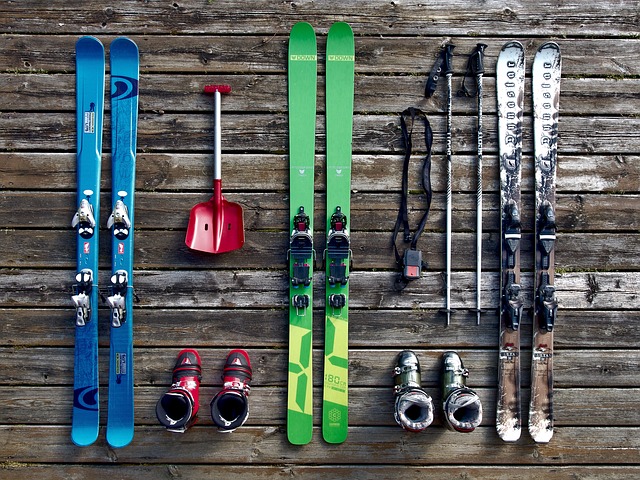
Image by tookapic CC0
While toothbrush, passport and boarding passes may be obvious items to pack, there are a few essentials that might not be obvious to a first-time skier. Claire Flynn at Powder Beds shares some insider tips.
Skis, boots and helmet: For novices or people relatively new to skiing, it’s worthwhile renting skis, boots and a helmet, rather than buying them AND paying for ski carriage on a flight. Skiset work in resorts across Europe offering different ski hire packages depending on what you want. It’s also worth booking in advance to make sure you get the best deal and what you want.
Clothes for the slopes: Bring thermals, fleeces, warm jacket, salopettes, thick socks, goggles and don’t forget proper waterproof gloves. Also, neck scarves (Buffs) are useful for keeping your face warm on the slopes.
Sun protection: Make sure to bring suncream (or buy it in the resort), and apply it even when it’s cloudy. It’s also a good idea to bring a decent pair of sunglasses, so you can change out of your goggles if you stop for lunch on the slopes.
Clothes for off-piste activities: Bring warm clothes and decent shoes with good grip for walking about the resort in the evening.
Other items that might make your time in the snow warmer, easier or more fun are:
• Day rucksack
• Water bottle
• Ski Lock
• Thermos
• Hand warmers
• Foot warmers
• Muscle rub/soak
• Ankle, knee and wrist supports
WINTERSPORT & SKI TRAVEL INSURANCE
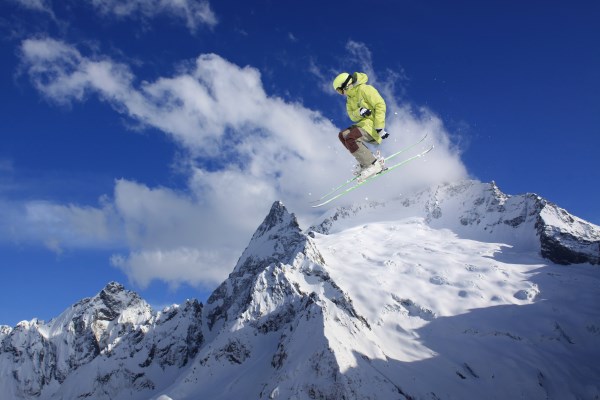
© Courtesy of Össur
WINTERSPORT INSURANCE IS AN ESSENTIAL PIECE OF YOUR KIT WHEN YOU HEAD OUT ON SKIS!
It’s essential to get travel insurance that covers you for the activities you plan to do. Wintersports insurance from worldwideinsure.com provides cover for equipment, ski packs, cancelled flights, medical assistance and repatriation for all destinations including even if you want to go off-piste, heli-skiing, and parapenting!
To find out more about why specialist wintersport travel insurance is essential check out our article: What insurance do you need for a ski holiday?
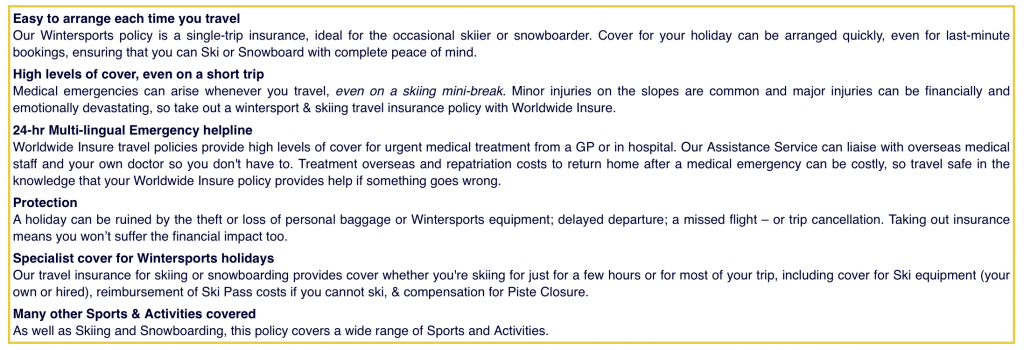
Best Ski Resort for Beginners – Avoriaz
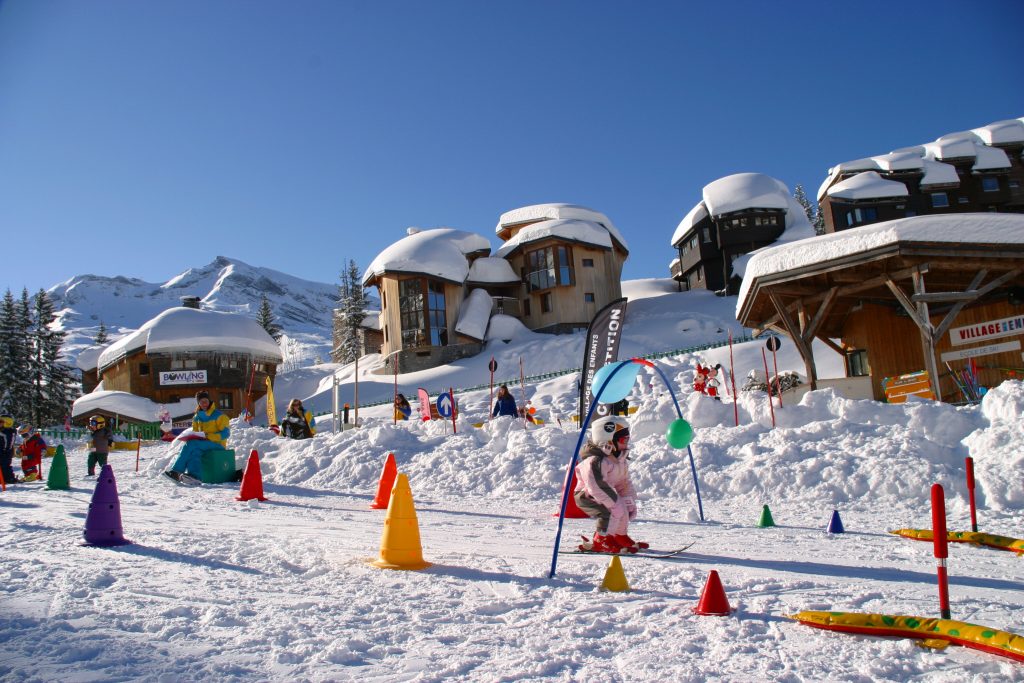
© Stephane Lerendu / OT Avoriaz
• Only truly car-free resort in France.
• Offers access to the fantastic Portes du Soleil ski area.
• Perfect for beginners thanks to the several easy green runs through the village, plus a great selection of ski schools, including Le Village des Enfants (located in the heart of the resort with two distinct areas for skiing abilities). Avoriaz Alpine Ski School is another excellent ski school – small team of British and local instructors offering high quality tuition, for all ages.
• Also great range of runs for intermediates and over 30 black runs for advanced, including the World Cup Downhill which drops from Les Hauts Forts.
• One of the world’s leading freestyle centres with three snowparks and a superpipe.
• Good areas for beginner and intermediate boarders, as well as plenty of powder for freeriding.
• One of the highest resorts in the Alps so snow cover isn’t often a problem, except for some of the runs below resort height.
• Accommodations are generally all ski-in/ski-out offering easy access to the slopes for first-timers.
• Also great non-ski activities available to keep everyone busy – Aquariaz claims to be Europe’s highest waterpark, complete with a main pool, lazy river, half-pipe, mini flume, Jacuzzis and tropical vegetation. There’s also dog sledding, snowshoeing and ice skating.
• Where to stay – Residence L’Amara offers luxurious ski-in/ski-out apartments at the entrance of the resort, with a private car park, indoor swimming pool, fitness room and Deep Nature Spa.
Best Ski Resort If You Are Travelling With Intermediates – Les Arcs
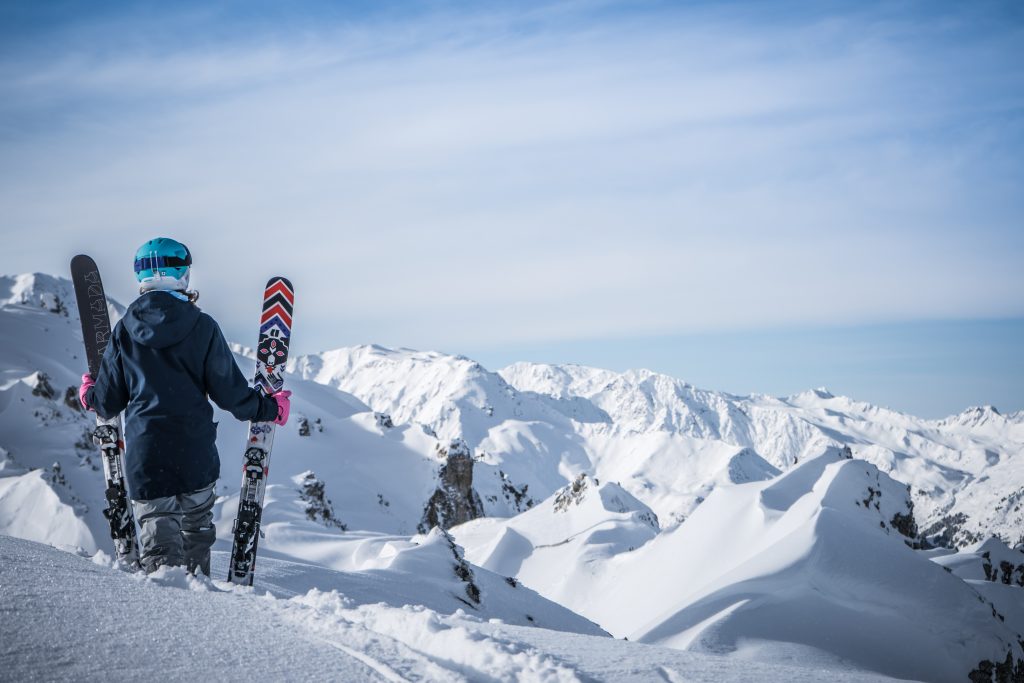
© Merci Creative / OT Les Arcs
• One of the biggest resorts in the Alps, with a choice of four different base villages, located in the huge and varied Paradiski area.
• More than 125km of fast long and blue and red runs on the Les Arcs side of Paradiski alone – superb for intermediate skiers.
• Can also use the Vanoise express to cross over to the La Plagne side to experience more terrain. Although, as there is so much terrain in Les Arcs, it is only worth doing this for a day, so opt for the Paradiski Discovery Pass rather than the full Paradiski pass.
• Also has a strong reputation for advanced terrain with more than 40km of black runs, divided into 19 runs.
• Beginners are also well-catered for with gentle slopes right by the four base villages. Plus, the relatively recent Mille 8 development in Arc 1800 includes a dedicated beginners’ area.
• Also great for snowboarders – the Apocalypse Snowpark is fitted with tricks and treats for all ability levels, with great progression from beginner to intermediate to advanced features. Well-maintained and one of the better parks in the Alps.
• Non-ski activities also available – mostly from Arc 1800 – snowshoeing, dog sledding, bowling, shopping and there’s a small cinema.
• Where to stay – La Source des Arcs offers stylish and spacious ski-in/ski-out apartments in the highest altitude village of Arc 2000. However, if you’d like to be closer to the action in Arc 1800, try Residence Edenarc.
Best Ski Resort If You Have Advanced Skiers In Your Party – Val d’Isere
• Ski area traditionally known as Espace Killy, although more commonly known as Val d’Isere-Tignes these days – regarded as one of the most exciting ski areas in the world.
• One of the world’s great resorts for advanced skiers with 25 black runs to test your abilities on – including the world famous La Face run (descends nearly 2 miles from its peak) – only those brave enough should attempt it.
• The area is most famous for its off-piste (10,000 hectares), with forested areas like Daniades, accessed from the Solaise Express among the more popular.
• Also a great ski area for intermediates, with over 100 blue and red runs in the Espace Killy.
• With the redevelopment of the Solaise area due to open for this winter, Val d’Isere is also set to become a great resort for novices, with a new dedicated beginners’ area.
• Also great for boarders with a highly regarded snowpark spread over 35 hectares. Other terrain parks to try out across the Espace Killy into Tignes too.
• Also, one of the most snowsure resorts in Europe thanks to its high altitude.
• Always stays at the forefront of winter sports but has remained a picturesque main resort village, meaning it continues to attract guests from all over the world.
• With a sports centre, glacier walking, husky racing and 70 shops available, there are plenty of non-ski activities to keep you entertained also.
• Where to stay: for self-catering, opt for Chalets du Jardin Alpin, but if it’s a luxurious hotel you’re after, the five star Hotel Christiania in the centre is a very popular choice.
Après-Ski – Social Life On The Slopes
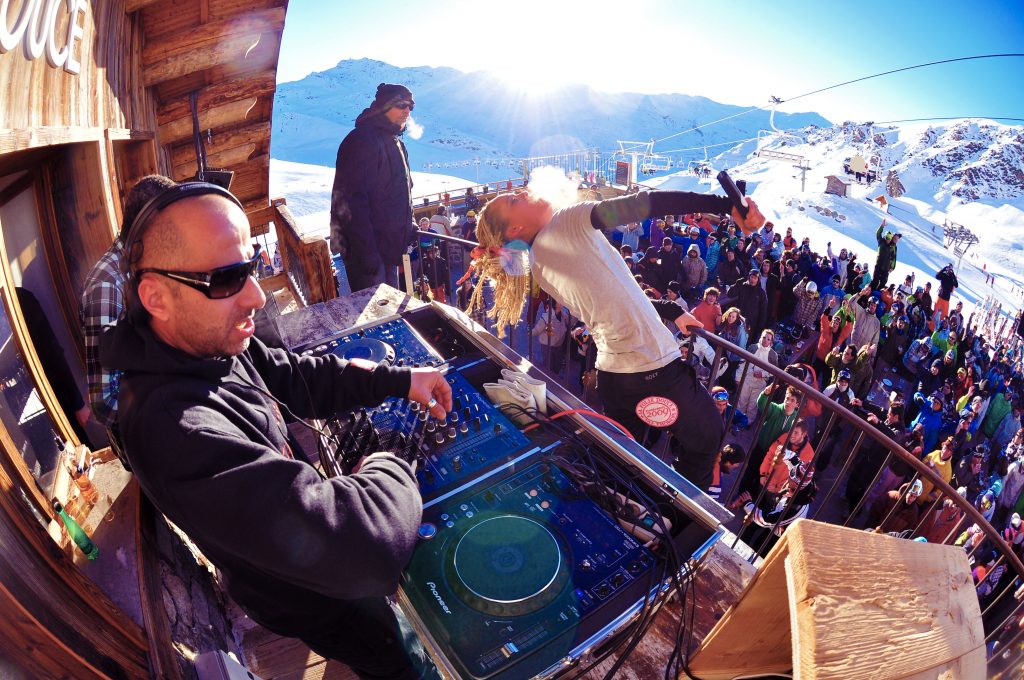
© Fruitiere / OT Val Thorens
If going out for drinks after a long day on the slopes appeals to you, make sure to pick a resort with a good après scene. Val Thorens is great, with several bars on and off the slopes, as well as Malaysia, the highest nightclub in Europe. Val d’Isere is also a good option, being the home of the original La Folie Douce. Alpe d’Huez, Les Deux Alpes, Meribel and Verbier are also renowned for their après scenes.
The off-slope vibe may be laid back, but make sure you show your fellow après party people some respect. Here are some top tips:
• Pack your gear away before heading to the bar. No one wants to have to manoeuvre their way around a bunch of skis and snow boots!
• Welcome strangers into your fold – in other words, don’t hog a huge table to just a few of you. Likewise, don’t be shy if someone offers you a seat at their table – the après scene is a great way to get to know people.
• Come as you are, which means there is no need to get showered and dressed up as soon as the lift stops spinning. Unless of course you are heading to a hot tub – in which case always, ALWAYS rinse before going in.
And one more thing: If you respect your fellow guests, endeavour to not puke on them. High altitudes will have a major affect on your tolerance to alcohol. Pace yourself and have a glass of water in between drinks – skiing is heaps more fun without a hangover anyway!
How To Avoid Ski Injuries At Altitude
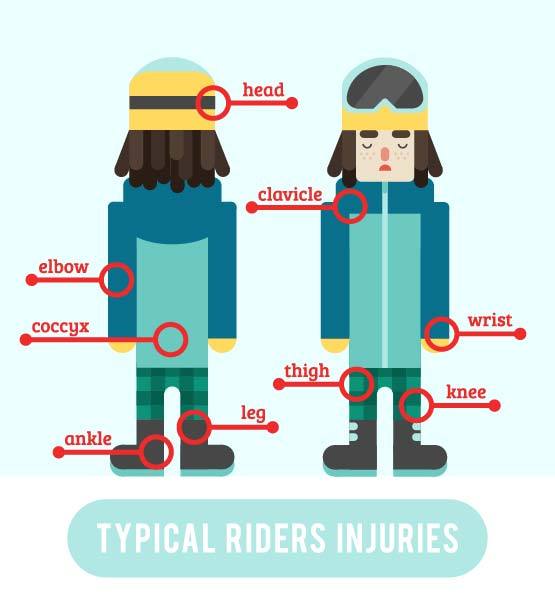
© Courtesy of Össur
Nothing can bring a fun holiday to an abrupt halt like hurting yourself, and on a ski holiday the head, wrists, knees, ankles and spine are all at risk. We asked injury experts Össur for some top tips on how to avoid injuries on the slope and what to do if things don’t go to plan.
Whilst on the whole injuries are unavoidable and sometimes just happen, there are things you can do to minimise the risk as the last thing you want is to injure yourself on day one and spend the rest of your holiday looking at the slopes rather than being on them.
1. Wear the right gear
Wearing the right gear is a good start. Without a doubt you need to wear some good winter clothing as it’s cold up in the mountains but there are a few other things which could help you.
• Helmet: Would you ever ride your bike without a helmet? No? It’s the same for winter sports. We’re not just talking rocks that you could land on, as compacted snow could be just as hazardous if you whack your head on it, so stay safe.
• Knee Bracing: Prophylactic knee bracing is becoming more popular with many professionals now sporting these carbon fibre (lightweight and strong) exoskeletons to protect the knee from injury following a fall but also to offer stability to help manage pre-existing injuries.
• Wrist Guards: Everyone falls down on the slopes, some more often than others. When we fall we put our arms out to break our fall but that can lead to broken wrists, arms, or dislocated shoulders. Wrist guards offer a degree of protection when you fall.
• Boots: A standard piece of kit but make sure you pick something suitable. Have a chat with the professionals and see what is best for you given your expertise and what you want to achieve, as more freedom of movement may be good for tricks but potentially bad for your ankles.
2. Know your limits
If you’re just starting out then it’s understandable you want to follow in the footsteps of famous skiers, but it is important that you take it easy and practice, even Jonny Moseley had to start somewhere. It’s ok to push yourself as that is the only way to get better, but you know yourself what is pushing yourself and what could be considered a little foolish.
3. Take lessons
Taking lessons is a great way to start and even the experienced skiers still take lessons to brush up on their skills, especially if you’ve had a few months off (like when there is no snow). Lessons ensure you have the right technique and most importantly, know how to fall (as in minimising the risk of injury) so book them in, listen and learn.
4. Stick to the path
When you finally arrive at your resort you’ll be as giddy as a kid at Christmas and want to do everything. Just remember that there are routes designated for each level of ability so stick to them and practice before moving up and deciding to do something adventurous. Being on the slopes is extreme enough when you’re starting out without going off-piste in search of something different and potentially dangerous.
5. Be aware of your surroundings
It’s important to remember where you are on the slopes and that you don’t only have to watch what you’re doing but also what everyone else is doing as well. It only takes one person to either do something daft or lose control and they could wipe you out as well as leave you battered and bruised, or worse.
What To Do If You Get Injured While Skiing
Following an injury there are a number of steps to consider both in the immediate aftermath and throughout your overall rehabilitation journey.
1. Stop what you’re doing
If you’re injured then stop what you’re doing as carrying on could make it worse. Sprains, for example, are graded 1 to 3 depending on their severity, with a 1 being a few days of hobbling and 3 being a few months using crutches. If you sprain your ankle when running then failing to stop could turn a grade 1 to a grade 2, as you’re increasing the chances of your ankle rolling as a result of the instability.
2. Remember RICE
It’s the standard protocol following an injury and stands for rest, ice, compression and elevation.
• Rest is simply giving the body time to repair itself and heal naturally.
• Ice can be used to help manage inflammation as well as offering a degree of pain relief.
• Compression is typically achieved through bracing but helps to manage inflammation when on the move, again having pain relieving qualities,
• Elevation is the act of raising the affected area of the body above the level of the heart to reduce blood flow and in turn reduce inflammation.
You will know if an injury warrants urgent medical attention, in which case, you should seek this right away to minimise the risk of the injury worsening.
3. Obtain a professional diagnosis
If RICE doesn’t work after a few days then you should seek a professional diagnosis as it may require additional treatment following a more detailed examination.
You may be sent for an X-ray, an MRI or simply referred to a physiotherapist depending on how severe they believe the injury to be.
After a professional diagnosis you may need physio, a brace and even surgery. Overseas this can be a lot more complicated. Make sure you contact your travel insurance provider and discuss what procedures and treatments are covered.
You may also enjoy these articles!
The most common ski injuries and how to avoid them
Prepping for a safe ski holiday – how to get fit and ready for action!
Well, that’s the essentials covered, but nothing compares to the real thing – stay warm, stay safe and have fun wherever you end up!
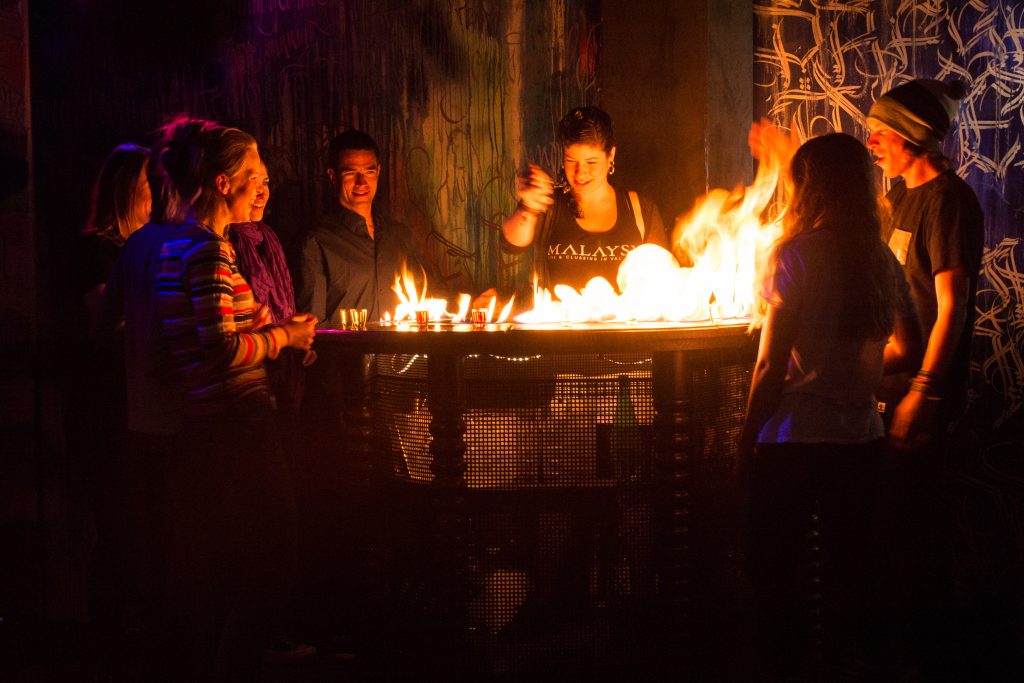
© P Tournaire / OT Val Thorens
For more information about getting the right wintersports & ski travel insurance for this ski season, get in touch with one of the team on 01892 833338
This article was first published December 2016. Content and images may have been updated, all credits correct at time of original publication.

